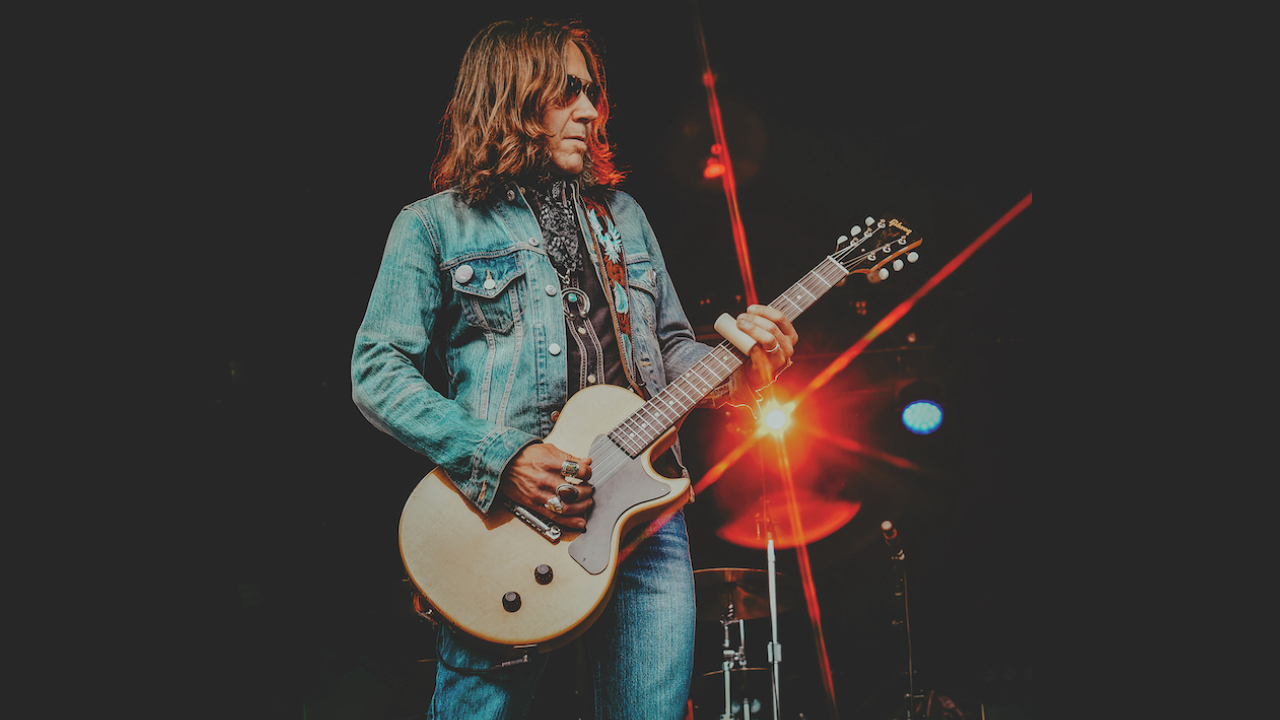Best wah pedals 2025: add an essential tone-shaping effect to your pedalboard
Get to know your Cry Baby from your Bad Horsie and choose the best wah pedal for you
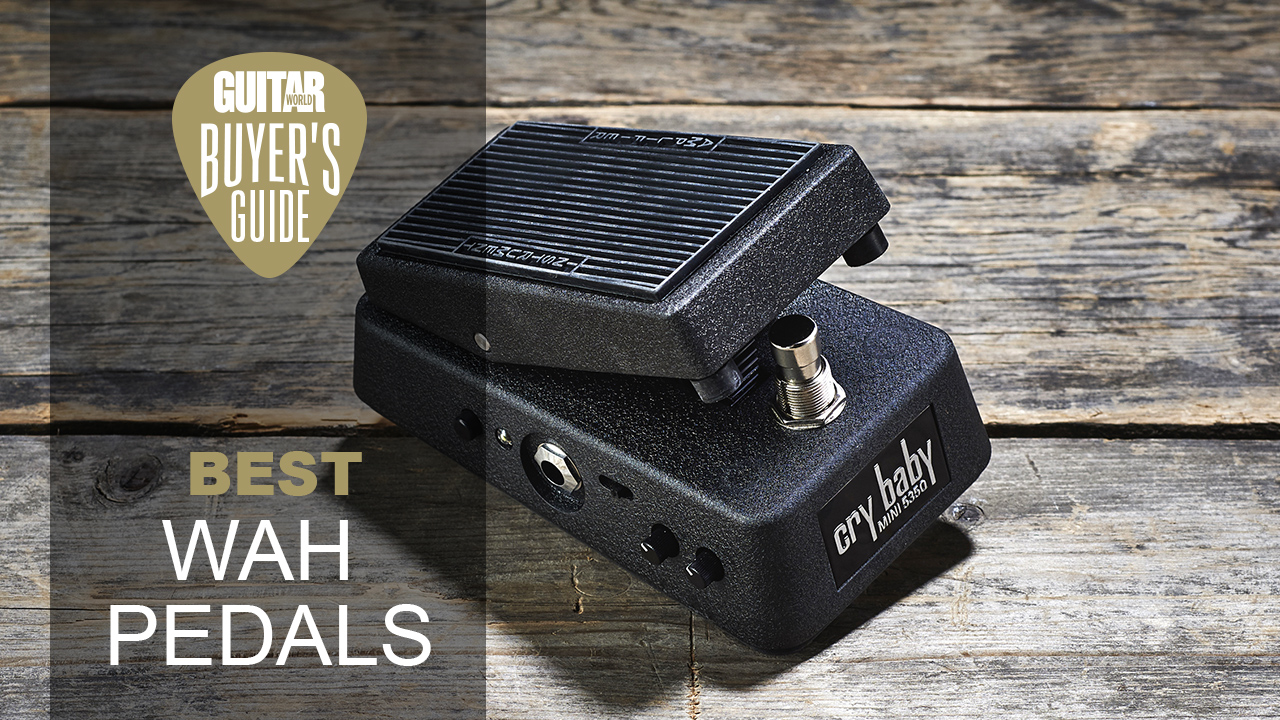
Far from being just an excuse for solo histrionics, the humble wah pedal is a versatile tone-shaping tool and, well, the most expressive of all expression-based effects. The question is – which is the best wah pedal for you? You can be forgiven for not having given it more thought in the past.
Originally aimed at brass players, the wah pedal ultimately found success with electric guitar players. It exploded in popularity in the 60s, and is perhaps most associated with the wild on-stage antics and mind-altering sounds of Jimi Hendrix. After that, almost every notable player from Hammett to Gilmour to Morello has used a wah.
Though it's a simple effect, all of these players have managed to find different uses for the wah pedal. From Rage Against the Machine's expressive filter sweeps to the cocked-wah sound on Money for Nothing, the wah is far from a one-trick pony. How will you make it your own?
Luckily, we've seen a million wahs, and rocked 'em all, and we're in the perfect position to recommend a host of options that don’t just stop at the standard Cry Baby that everybody uses. But we're not knocking the CB, either. Hey, if it's good enough for Tom Morello…
Our top picks

If you like the voicing of the Dunlop Cry Baby but want extra control, then the 535Q is the answer – and it's now available in a mini format, ideal for crowded pedalboards. The 535Q gives you control over two of the most important parameters – frequency centre and width – which allows you to modify the Q of the unit, and even offers a switchable boost for extra output.
Read more below

Vox were responsible for bringing the first wah pedal to market – the Clyde McCoy – which was originally not even aimed at guitarists, but wind players. Mimicking the effect of a mute used on a trumpet as a filter, the Vox was the first mass-market wah, although players like Chet Atkins and Peter Van Wood had been homebrewing units to achieve the same effect as early as the 1950s.
Read more below
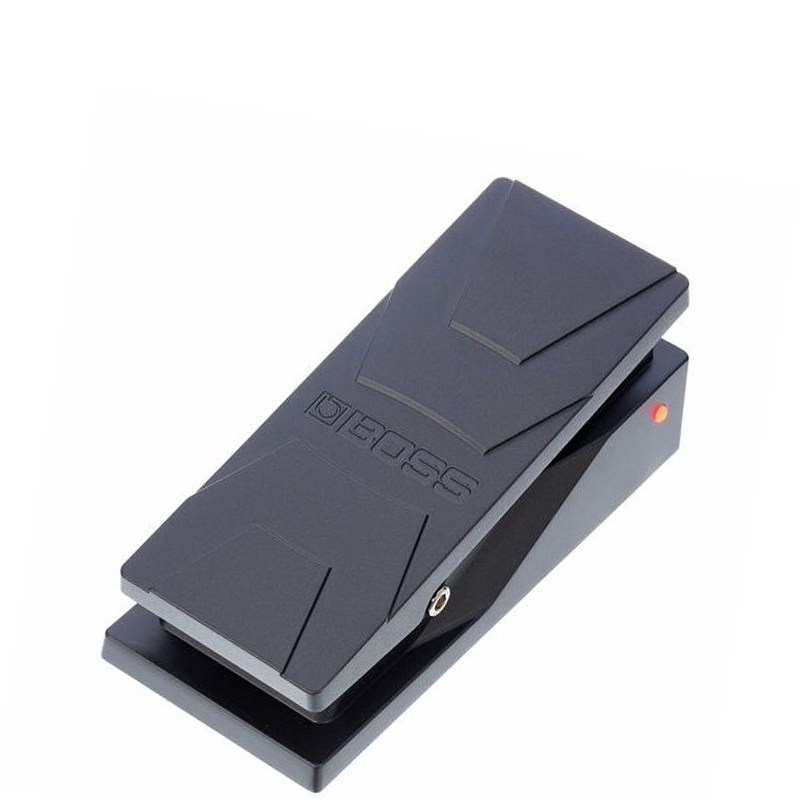
The Boss PW-3 is an analogue pedal with two modes. The first emulates what they call a classic wah sound – which means a Dunlop Cry Baby – while the second mode is called 'rich' and includes filtering to leave more of the lower frequencies of the guitar in the signal no matter what position the wah is in. This may be desirable if you're the only guitarist in a band, for example, but it does tend to diminish the effect of the pedal.
Read more below
Best wah pedal overall

1. Jim Dunlop Cry Baby Mini 535Q Wah
Our expert review:
Specifications
Reasons to buy
Reasons to avoid
If you like the voicing of the Dunlop Cry Baby but want extra control, then the 535Q is the answer – and it's now available in a mini format, ideal for crowded pedalboards. The 535Q gives you control over two of the most important parameters – frequency centre and width – which allows you to modify the Q of the unit, and even offers a switchable boost for extra output.
What does that mean in practical terms? It means that you can fine-tune and customize the voicing of the wah and its filter. If you've not found a wah that quite works for your sound, but know you do still want one, then the 535Q is worth a try.
Best on a budget

2. Vox V847-A Original wah pedal
Our expert review:
Specifications
Reasons to buy
Reasons to avoid
Vox were responsible for bringing the first wah pedal to market – the Clyde McCoy – which was originally not even aimed at guitarists, but wind players. Mimicking the effect of a mute used on a trumpet as a filter, the Vox was the first mass-market wah, although players like Chet Atkins and Peter Van Wood had been homebrewing units to achieve the same effect as early as the 1950s.
Early adopters included Hendrix, Zappa, Gilmour and Page, and although Dunlop rather stole a march on Vox in the marketing stakes, we've always found the Vox to be closer to the classic wah sound that we had in our heads. There's something subtly different about the voicing and filtering that makes it more musical to our ears.
Best wah for modern tones
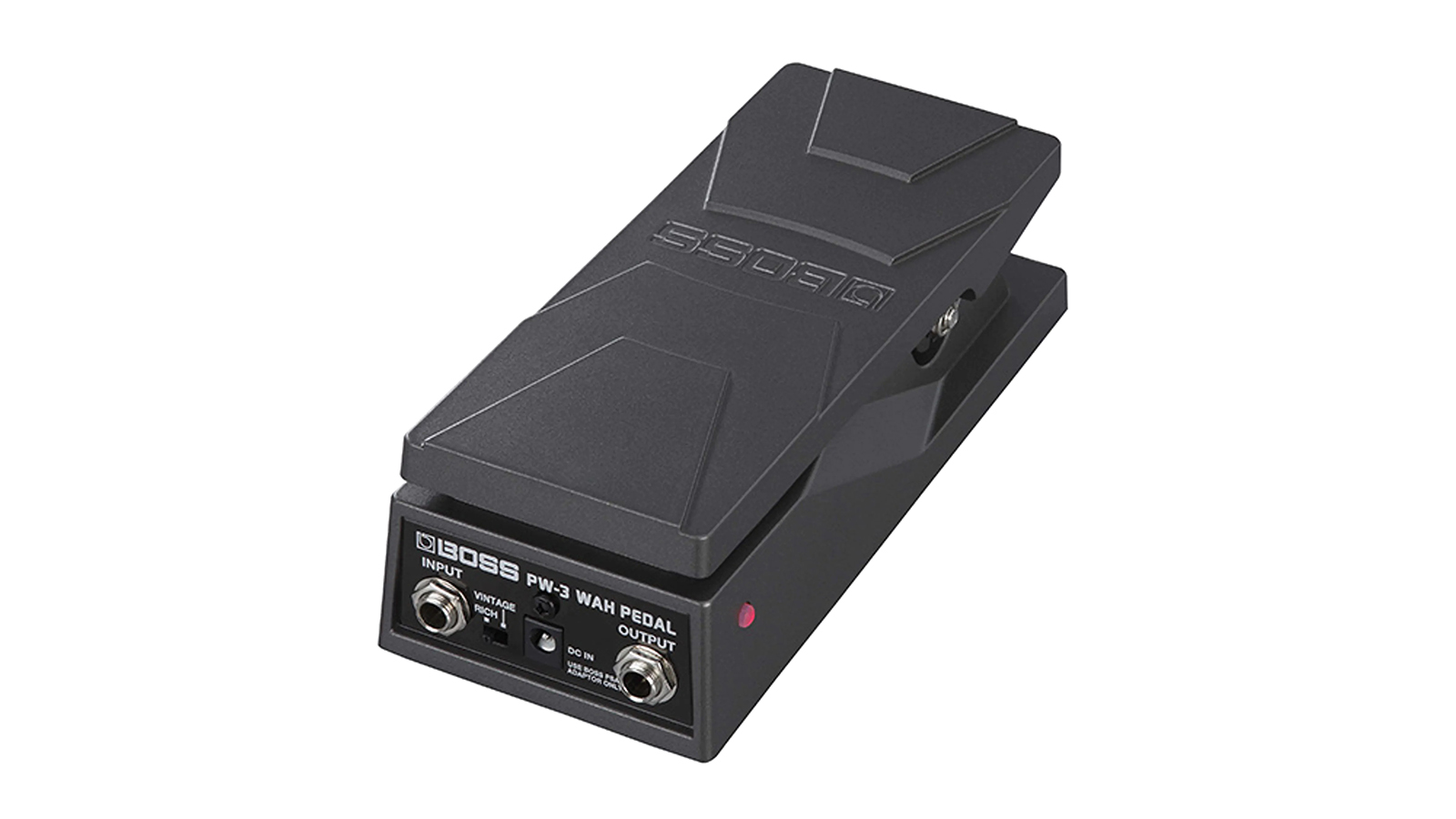
3. Boss PW-3 wah pedal
Our expert review:
Specifications
Reasons to buy
Reasons to avoid
The Boss PW-3 is an analogue pedal with two modes. The first emulates what they call a classic wah sound – which means a Dunlop Cry Baby – while the second mode is called 'rich' and includes filtering to leave more of the lower frequencies of the guitar in the signal no matter what position the wah is in. This may be desirable if you're the only guitarist in a band, for example, but it does tend to diminish the effect of the pedal.
As you'd expect from Boss, it comes in a rugged, bomb-proof enclosure, and this is really where it shines. The switching is better than classic units, the buffer is more modern and the form-factor a little more compact. It's also got a useful status LED so you know if it's on at a glance.
Best classic wah
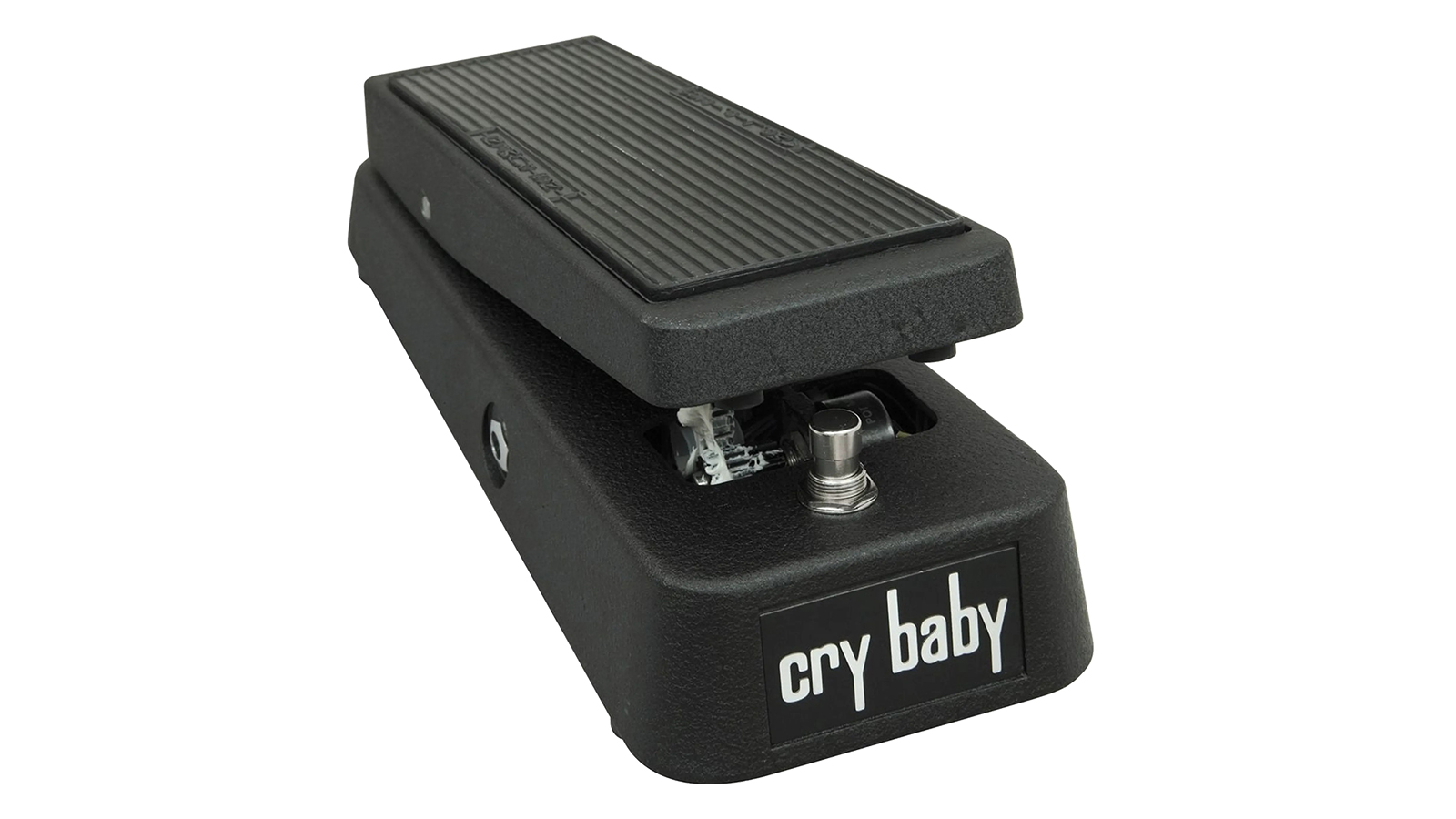
4. Jim Dunlop Cry Baby GCB95 wah pedal
Our expert review:
Specifications
Reasons to buy
Reasons to avoid
The Cry Baby is without a doubt the most recognisable wah pedal in the world. It's been used by everybody from Hammett to Morello, with each player making the pedal their own.
It takes its name from the original mass-market wah, the Thomas Organ/Vox Cry Baby. Since Vox didn't trademark the name, it left them open to other manufacturers pinching not only the design, but the name as well. Although Hendrix and David Gilmour are said to have used the Dunlop, it seems more likely that they mainly relied on Vox units, given the photographic evidence available and the fact that Gilmour's Vox has been publicly exhibited.
Nevertheless, the Dunlop Cry Baby has become the signature 'wah' sound, and if you're unsure of which option is for you, this is the best wah pedal for you.
Best wah for options
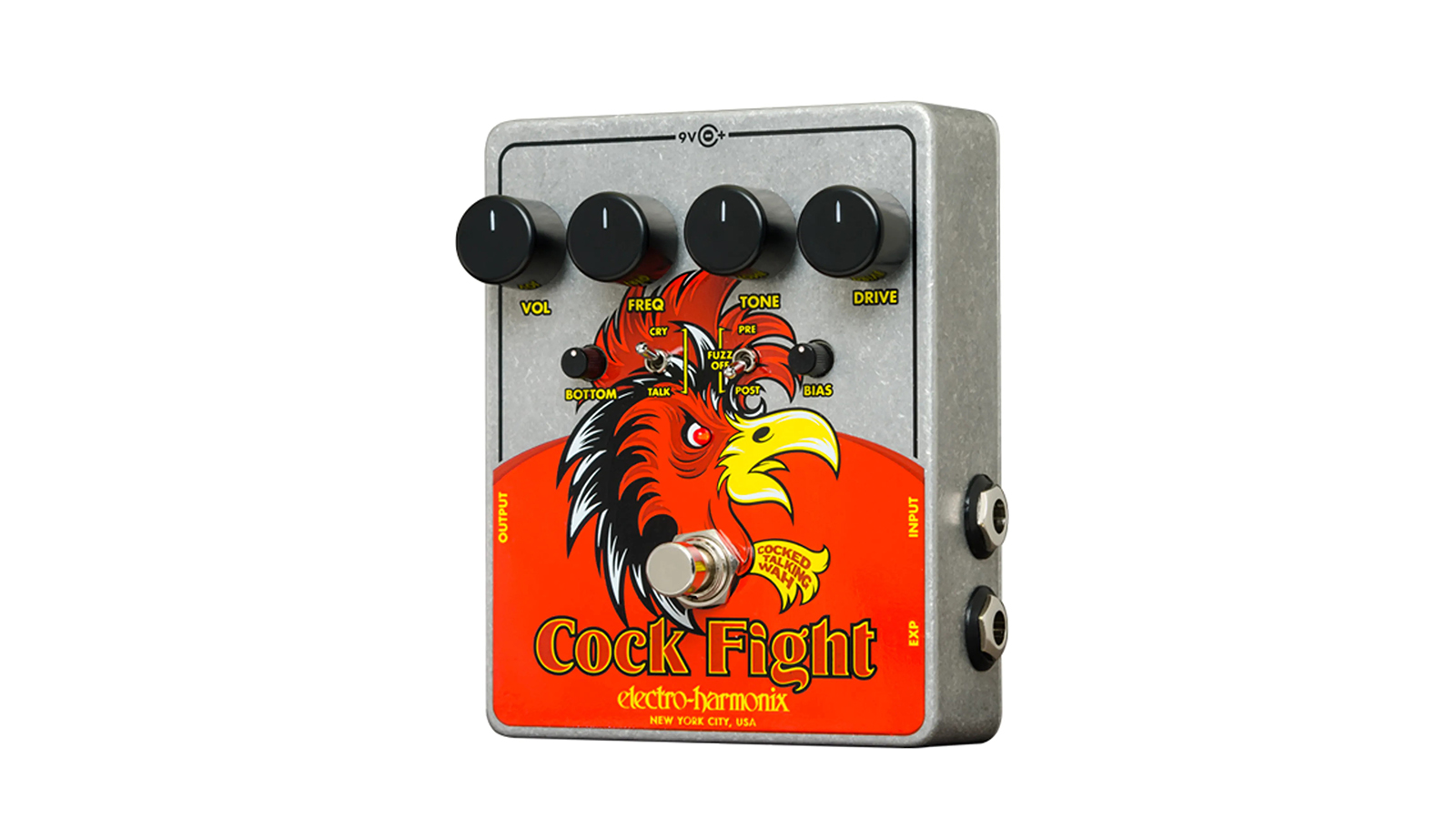
5. Electro-Harmonix Cock Fight
Our expert review:
Specifications
Reasons to buy
Reasons to avoid
Parked wah effects are not super common – we can only offhand think of the intro to Muse's Dead Star and Dire Straits' Money for Nothing, but Electro-Harmonix is an eccentric company, so it makes sense they'd design a versatile filter and fuzz around the concept.
The wah section has volume, frequency and tone controls, as well as a voicing switch that goes from emulating a Cry Baby to more of a talk box tone, while the fuzz can be switched between being before or after the wah, as well as changing its bias, for dying battery fuzz tones.
If that wasn't enough, the pedal also has an expression in. With an expression attached, the Cock Fight becomes a regular wah pedal. If you want a standard wah form factor, then EHX also offer the Cock Fight Plus, which comes in a wah-style enclosure.
Read the full Electro-Harmonix Cock Fight review
Best true bypass wah

6. Mooer the Wahter Mini
Our expert review:
Specifications
Reasons to buy
Reasons to avoid
The voicing of the Wahter isn't that dissimilar to a Cry Baby. Its main selling points are the obvious – that it's even cheaper, and absolutely tiny. If you don't have the pedalboard real estate for a full-fat wah, then there's a good chance you can fit the Wahter, as it's only slightly larger than a standard Mooer mini pedal.
That's essentially its main strength, as well as its main drawback; we've tended to find that mini wahs and expressions don't work so well for us, as our big feet mean that practically we can't fit pedals above or below it anyway. Still, we know people that have found the opposite; especially if you're less clumsy than us, the Wahter could be a brilliant compromise for a packed board.
Best wah for shredders
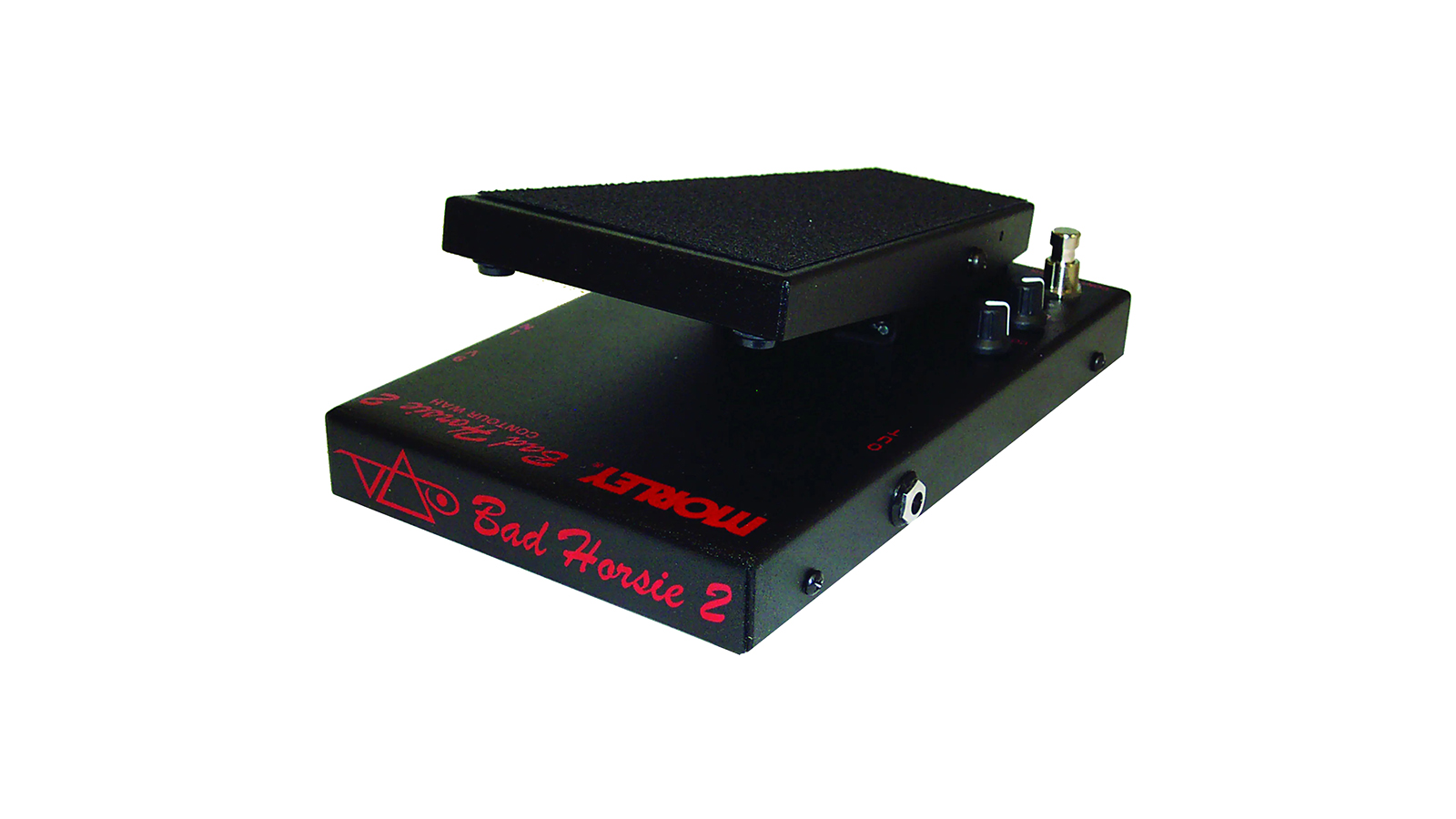
7. Morley Steve Vai Bad Horsie 2 Contour Wah
Our expert review:
Specifications
Reasons to buy
Reasons to avoid
Steve Vai's signature wah is the most popular in the Morley line, and so unsurprisingly it's become somewhat synonymous with their wah voicing. This new and improved version of the Bad Horsie has some improvements on the original. Most notably there’s a second contour mode, which allows you to adjust frequency and tone of the pedal – in effect, its voicing – to your taste.
The pedal engages when you step on it and move it from the heel down position. This momentary action is useful if you're using it in short, sharp bursts, and is in common with some of the higher-end Dunlops, but we have seen complaints online about how it works as well, so it's probably best to try it for yourself.
There's also a footswitch to bypass the wah entirely, which could be useful if you're a tone purist.
Best wah for '80s tones

8. Ibanez WH10 V3 Wah Pedal
Our expert review:
Specifications
Reasons to buy
Reasons to avoid
One look at the Ibanez WH10 and you can instantly tell it was born in the '80s - step on it, and you'll hear that as well. This pedal may not be a household name like the Cry Baby, but it has gained quite the following over the years - with Red Hot Chili Peppers axe man, John Frusciante, counted among the slew of players using this 80s classic.
Ibanez claims this was the first pedal to use a multiple feedback opamp circuit. This results in a very different tone and sweep when compared to more traditional wah pedals. The tone from the WH10V3 is rich and warm and doesn't get as spikey as a Cry Baby.
Featuring a unique 'range' switch, the WH10V3 allows you to switch between bass and guitar mode, and better yet, there's an onboard volume boost to make sure your lead lines really pop.
Buying advice

How to choose the best wah pedal for you
You can trust Guitar World
Though there are endless variations on the wah pedal, deciding which is for you is simple. Every player will have a different opinion on what a great wah pedal is, usually based on its voicing. It's no accident that wahs are often described as a 'vocal' effect.
There's three main variables to consider when purchasing - voicing, then the range and Q of the filter. For example, the Cry Baby GCB-95 has a filter centered around 750Hz, with a range from 450Hz to 1.5kHz, and an 18dB boost.
For many wah pedals, the range and Q are fixed, making up the 'voice' of the wah. However, some more expensive models have control over the range and Q, making them radically more versatile.
As with other filter-based effects, Q refers to the ratio of centre frequency to bandwidth. If that sounds too technical, think of it simply as whether the frequency range boosted by the filter is narrow or wide.
Voicing is quite simply the character of the wah. Since most have few-to-no controls besides the rocker plate, the tastes and design choices of the builders matters a great deal. For example, some wahs have a wide but treble-focussed range, like the Dunlop Cry Baby, meaning they are very shrill with the toe down.
Others are darker, meaning that even toe-down they are smoother in sound. The range of boost and the centre frequency of the filter differs too. For instance, the Vox V847 and Cry Baby have a comparable range, but the Cry Baby attenuates low frequency harmonics much more aggressively, making for a different voice.
Purists say that voicing is most to do with the type of inductor used, with the most common types today being red and yellow fasels. However, there's enough supporting circuitry that the overall voicing change due to inductor type is subtle. That said, plenty on forums would disagree.
Finally, some wah pedals have additional features. The Hotone Soul Press can double as a volume pedal, while the Bad Horsie, CAE and Xotic all sport a boost feature.
FAQs

How do wah pedals work?
Most have only one key control - the treadle which controls the centre frequency of the filter. Wah pedals work by moving the centre frequency of this filter, and boosting a band of audio. This resonant peak sweeps up and down as the player moves the rocker plate, attenuating the other frequencies. This is what creates the dynamic, vocal effect of the wah.
Where should my wah pedal go in my signal chain?
While most players place a wah pedal at the start of their chain, you can get dramatic, psychedelic sounds if you place a brightly-voiced wah pedal after your drives, or after a fuzz. With the toe down, a Cry Baby can make even a bass-heavy Russian Big Muff sound like a cranked Fender Blender.
What is better, true or buffered bypass?
For most pedal types, whether or not a pedal is true bypass is an important question. Most wah pedals are not true bypass though, so there is the question of whether you will experience 'tone suck' from the wah. This often has to do with the chain around it, so it's a case of trying a few, and making sure you're happy. We delve into the topic of true bypass vs buffered bypass in this article.
How we choose products
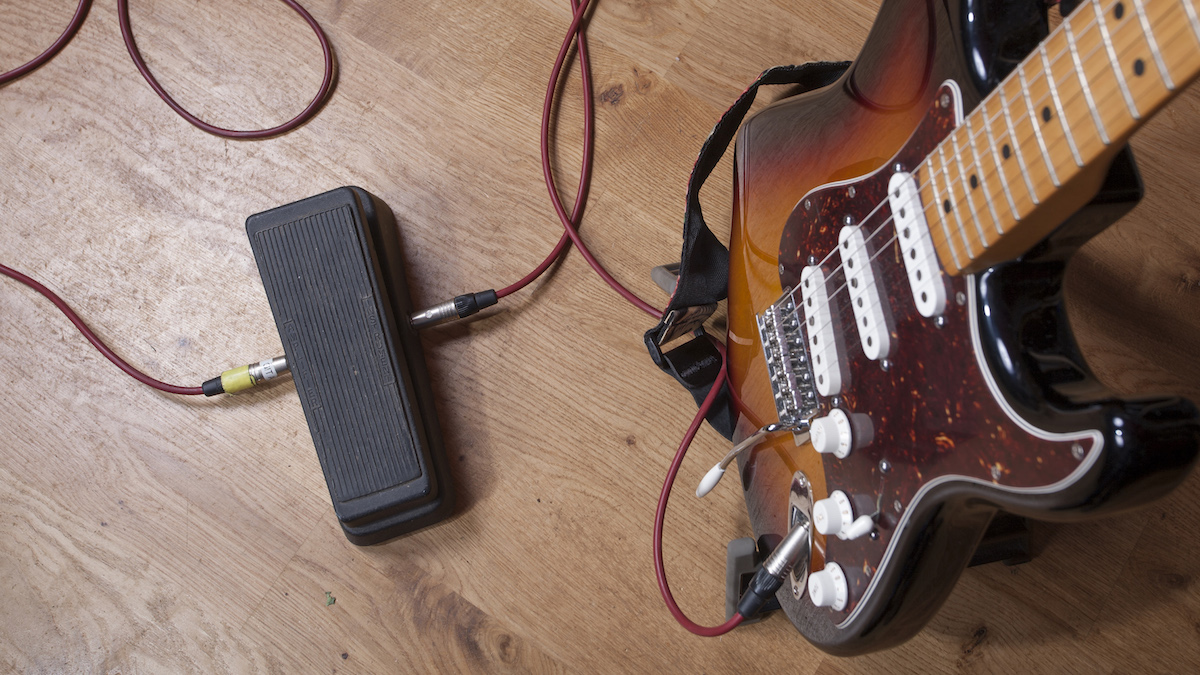
Here at Guitar World, we are experts in our field, with many years of playing and product testing between us. We live and breathe everything guitar related, and we draw on this knowledge and experience of using products in live, recording and rehearsal scenarios when selecting the products for our guides.
When choosing what we believe to be the best wah pedals available right now, we combine our hands-on experience, user reviews and testimonies and engage in lengthy discussions with our editorial colleagues to reach a consensus about the top products in any given category.
First and foremost, we are guitarists, and we want other players to find the right product for them. So we take into careful consideration everything from budget to feature set, ease of use and durability to come up with a list of what we can safely say are the best wah pedals on the market right now.
Read more about our rating system, how we choose the gear we feature, and exactly how we test each product.
Related buyer's guides
- Take the power back with the best pedalboard power supplies
- Take a look at some of the best gifts for guitar players
- 6 creative ways to use a wah pedal
All the latest guitar news, interviews, lessons, reviews, deals and more, direct to your inbox!
Alex Lynham is a gear obsessive who's been collecting and building modern and vintage equipment since he got his first Saturday job. Besides reviewing countless pedals for Total Guitar, he's written guides on how to build your first pedal, how to build a tube amp from a kit, and briefly went viral when he released a glitch delay pedal, the Atom Smasher.
- Daryl RobertsonSenior Deals Writer

